Le Manoir au Quat’ Saisons has one of the prettiest settings of any UK restaurant, set in extensive grounds near the Oxfordshire village of Great Milton. The manor house itself dates back in parts to the 15th century, though it has been substantially extended in recent years, with the main dining room in a conservatory at the back of the house. There are large vegetable gardens here, and much of the produce that ends up on the plate is grown in these gardens. Raymond Blanc, a self-taught chef, moved here in 1984 after having run a much smaller restaurant in Oxford at which he gained a first Michelin star in 1979, and then a second star in 1982. The Manoir was duly awarded two Michelin stars in 1984 after the move, and has retained those up until the time of writing. Since 1999 Gary Jones has led the kitchen, with his head chef being Dorian Janmaat.
There is a full a la carte choice, as well as two tasting menus, one at £85 and the other at £135. With starters all at £48, main courses £50 to £58, cheese £32 and desserts £32, it makes little difference in cost terms whether you opt for the carte or the lengthier tasting menu. The wine list has around 600 labels, and although its deepest coverage is in France, there were plenty of choices from around the world too. Examples were Chateau Tours des Gendres Cuvee des Conti 2015 at £49 for a bottle that you can find in the high street for £13, Hatzidakis Assyrtiko Aidani 2015 at £75 compared to its retail price of £23, and Vina Tondoni Reserva 2004 at £99 for a label that will set you back £28 in a shop. Some of the markups were hard to fathom e.g. Louis Roederer NV champagne was a ridiculous £155 compared to its retail price of £38. At the prestige end of the list, Coche-Dury Enseigneres 2011 was £890 compared to its retail price of £494, and Chateau Latour 2002 was £1,150 for a wine that has a current market value of £452.
The meal began with a tray of nibbles. An oatcake came with goat cheese and Manuka honey, alongside pickled cucumber with wasabi creme fraiche, a curry vegetable ball with lime mayonnaise, and finally compressed apricot with almond and fresh apricot. The apricot was an unusual canapé but actually worked well, while I particularly enjoyed the lightly spiced vegetable ball. The goat cheese was a simpler nibble but worked well enough with the contrasting texture of the oatcake, and the pickled cucumber was fine (17/20 nibbles). A final amuse-bouche was gazpacho with black olive crumb. This had good seasoning and quite good tomato flavour. It is hard to find truly exceptional tomatoes in the UK due to the climate – I always end up thinking about the stunning ones grown on the farm at Don Alfonso 1890. Nonetheless, this was a very well made gazpacho (17/20).
Bread is made from scratch in the kitchen, and arrives in an impressive basket. Choices included baguette, country bread, potato and beer loaf, bacon bread, pecan and raisin loaf, buckwheat, sourdough, wholemeal and a particularly soft and supple sun-dried tomato focaccia. The standard of the bread here is unusually high by UK standards, with excellent texture and flavour (19/20).
Risotto of spring vegetables came with tomato essence and chervil cream. This was a prettily presented dish, the rice having fine texture and having nicely absorbed the stock. The vegetables used included peas, green and white asparagus, broad beans, spinach, courgettes, carrots, courgette flowers, tomatoes and pine nuts. This was summer on a plate, with lovely quality vegetables and a finely judged risotto (a very strong 18/20).
Salad of langoustine had warm langoustine tails along with a salad involving bronze fennel and anise hyssop (which tastes a little like fennel and mint) and sweet potato crisps. The shellfish were accurately cooked and had a degree of inherent sweetness, the salad having quinoa for texture and good quality leaves. The little crisps were a good idea, bringing a contrasting texture and retaining the flavour of the sweet potatoes (17/20)
Cauliflower was roasted with spices and served with raisins, adzuki beans and romanesco (a mild tasting relative of cauliflower and broccoli). Cauliflower can be a superb ingredient when prepared well, as it was here, and it is particularly good at absorbing other flavours. Here it nicely reflected the flavours of the spices with which it was roast, and worked well with the nutty flavour of the Asian adzuki beans. (17/20).
Sole from Cornwall was seared in a pan and served with almonds, cauliflower and turkey jus. The fish was nicely cooked and came with a pan-fried scallop, romanesco, Swiss chard, cauliflower puree, capers and chopped chives. The scallop had a touch of sweetness, though it did not compare with the very best that can be found off the UK shores. The cauliflower was a pleasant tried and tested combination with it though (16/20).
A cheese board had a selection of mostly but not entirely French cheeses, supplemented by UK ones such as Mrs Kirkham’s Lancashire and Colston Basset Stilton. A young Comte was in good condition, as was Epoisses, but the British cheeses that I tried were in less good nick, and I think one or two of these cheeses should not really have been on the board but been gently put out to pasture some time ago. Given that the cheese courses costs £32, everything should be in tiptop condition.
A dessert of pan-fried apricots and poached meringue was served in a casing of nougatine and came with Kirsch vanilla cream. This was superb, the apricots seasonal and having lovely flavour, the casing very delicate, the balance of flavours spot on (19/20). Lemon parfait was wrapped in a parcel of thin honey biscuit and rested on a bed of warm spiced cherries with cherry sauce. This was a very pretty dish, and the cherries were certainly seasonal. The parfait was not too sharp and the biscuit was delicate, though the cherries were not the best I have tasted (17/20).
There was a choice of coffees (priced at £7) and a wide selection of teas from around the world, some at entertaining prices. Both tea and coffee at least came with a tray of good petit fours. Service was very good today, friendly and attentive. On this occasion I was being treated and did not see the bill. If you ordered the cheaper menu and shared a modest bottle of wine then a realistic price per head would be around £135, but your bill can quickly skyrocket beyond this if you splurge on the longer menu and move up the wine list.
This was a more consistent meal than my last one here. The meal today certainly felt like a solid two star level experience, whereas my previous meal here, good in parts, felt quite erratic. The strengths of Le Manoir are in its high-grade vegetables and its pastry section, and the dishes that we had today showed these off well. It is certainly a very expensive restaurant but the setting is gorgeous on a sunny day, and the best dishes are very good indeed.
BookFurther reviews: 03rd Jun 2022 | 01st Mar 2009










































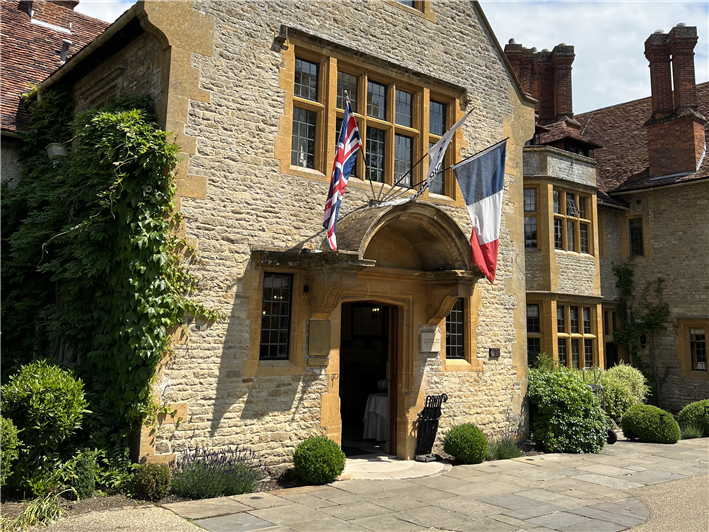

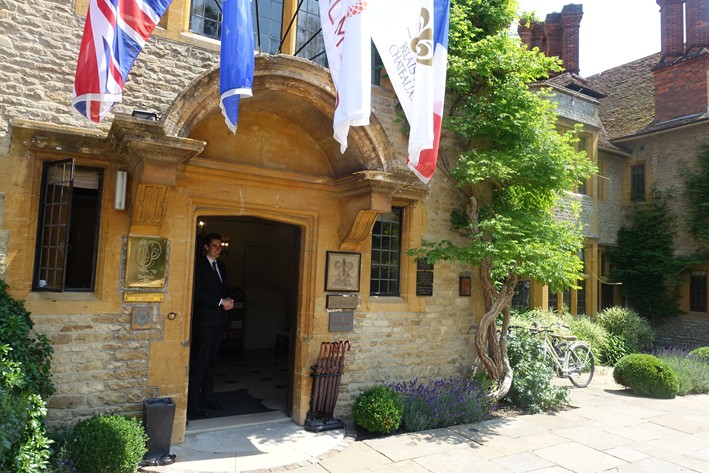
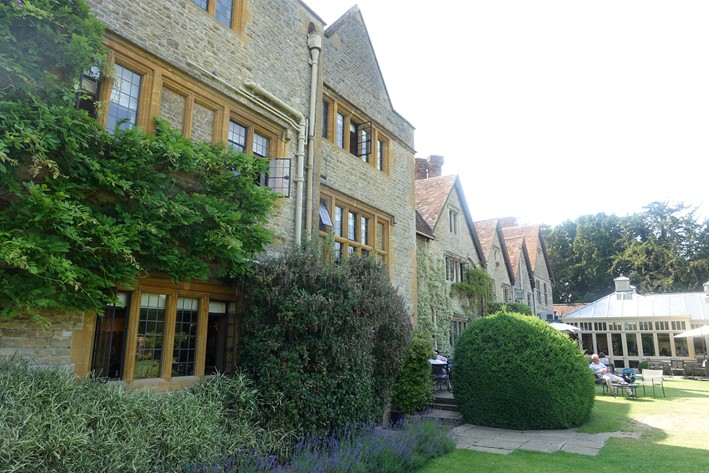


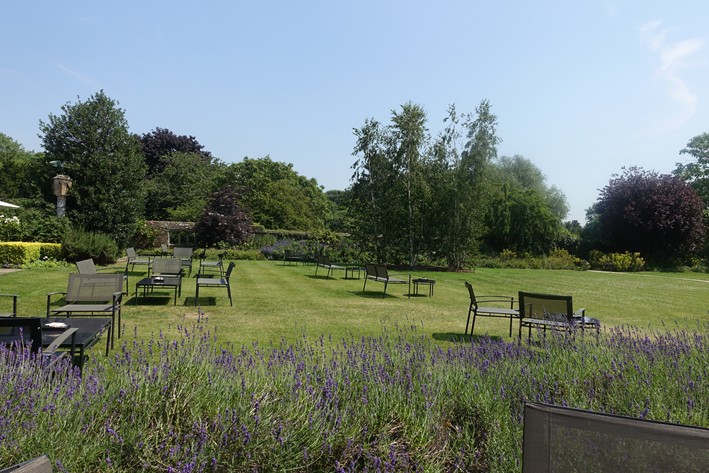


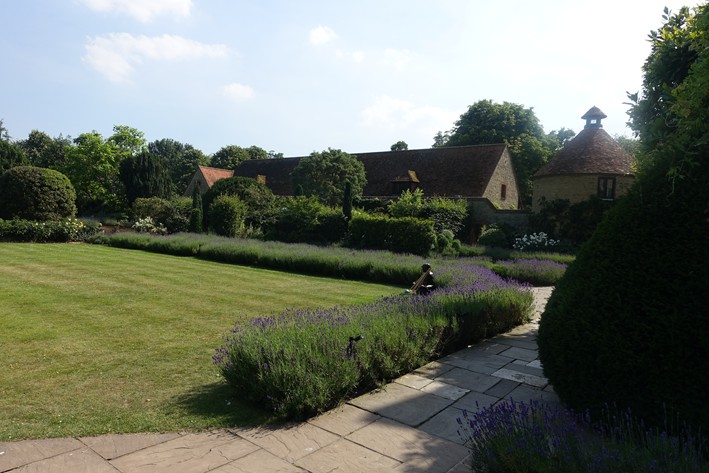

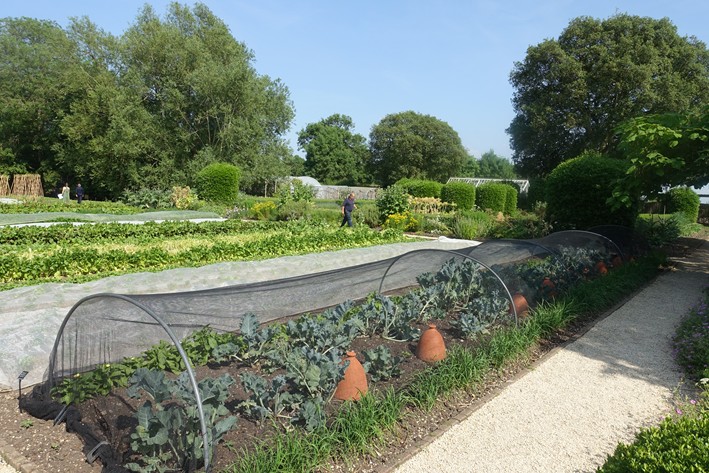
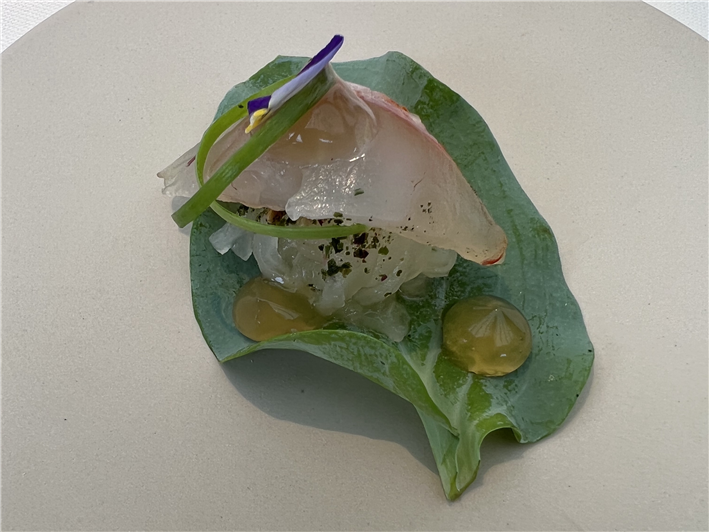
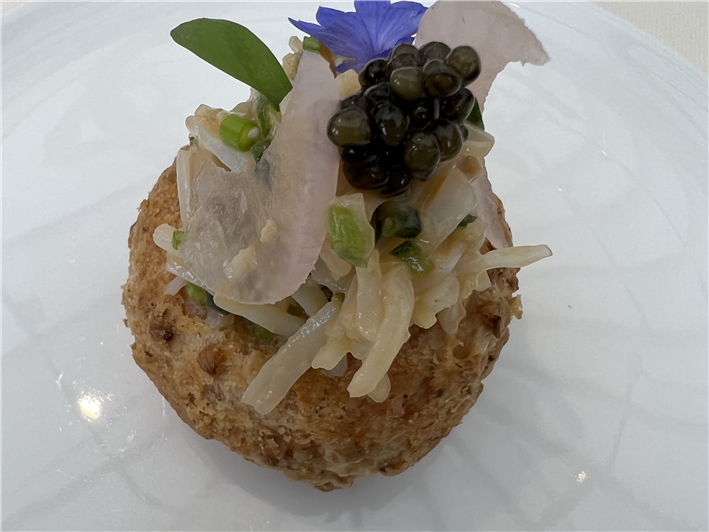
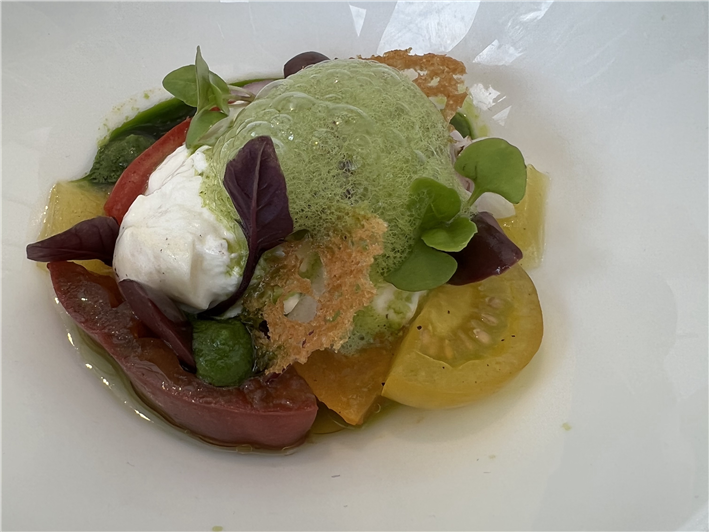
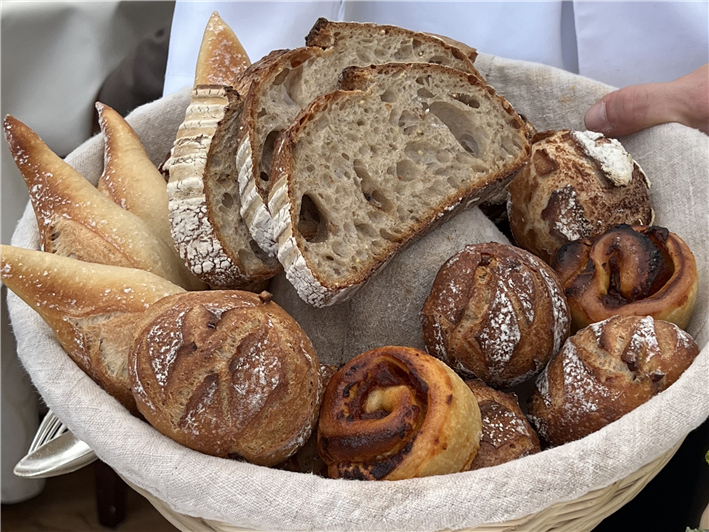
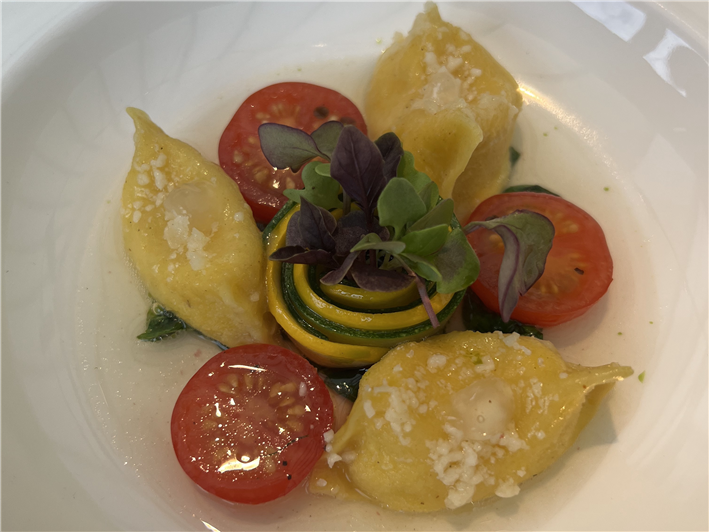
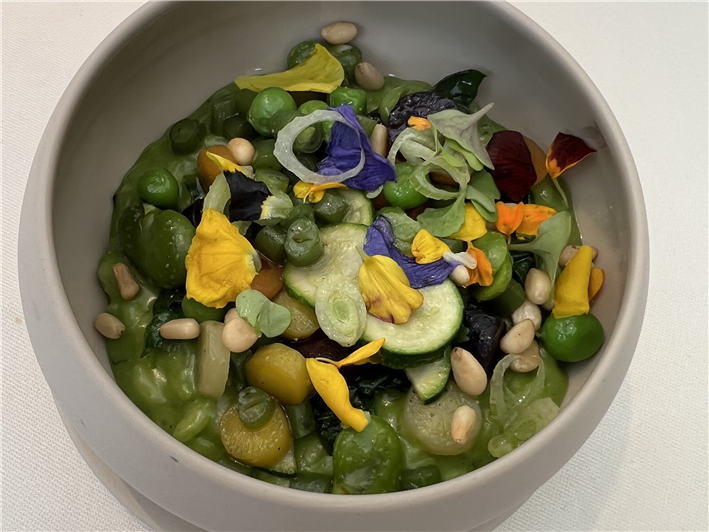
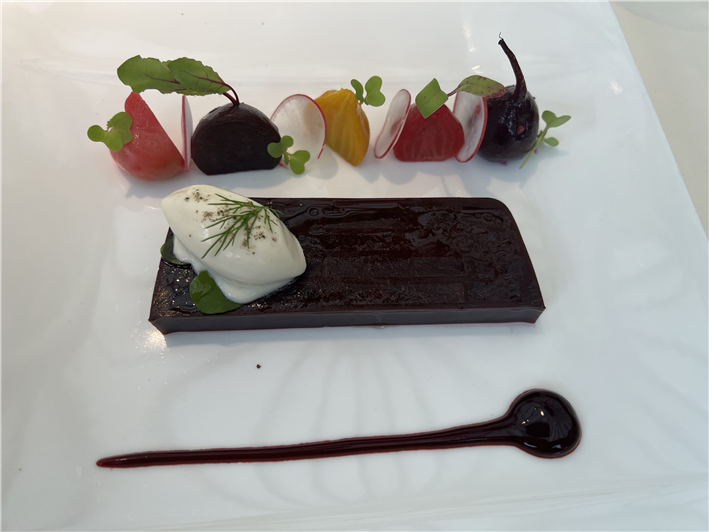

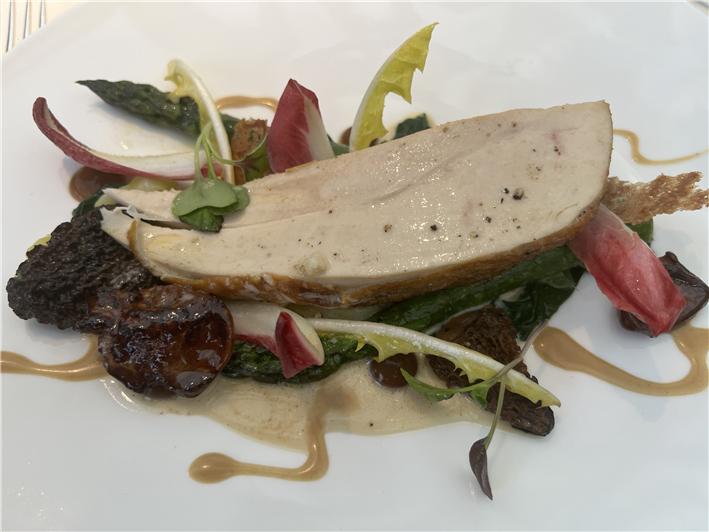
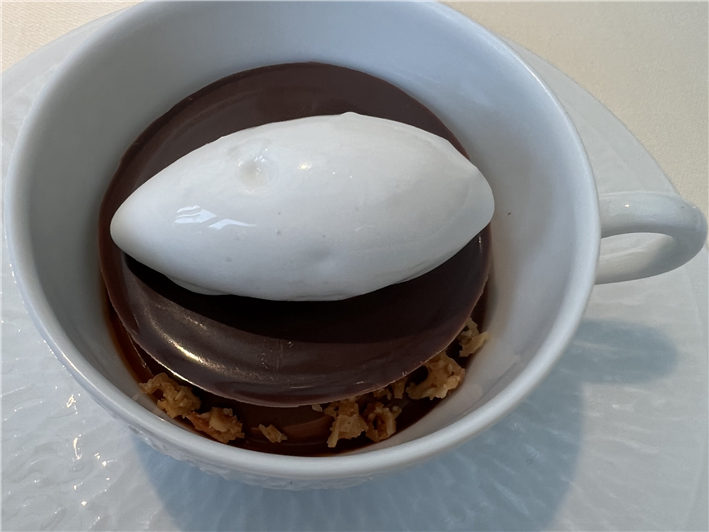
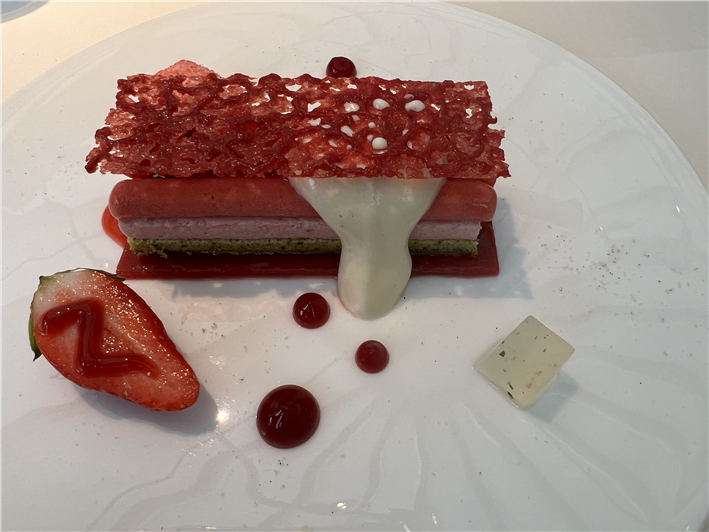
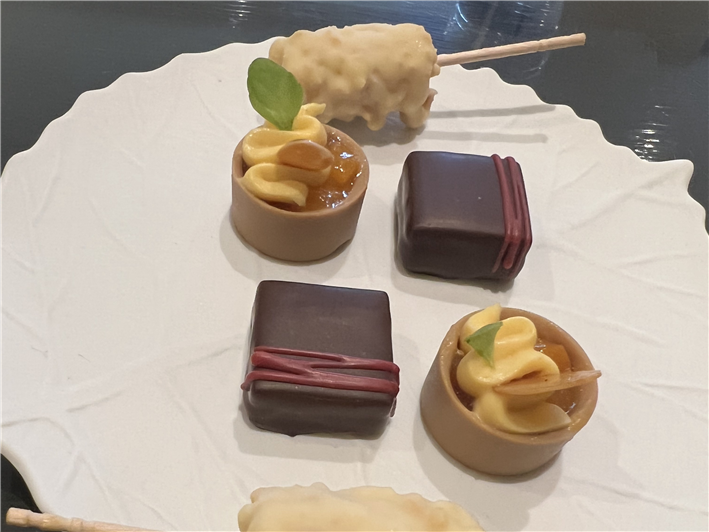
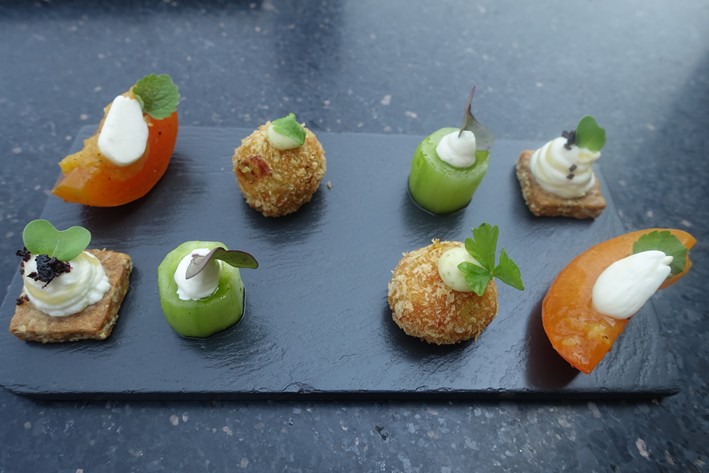
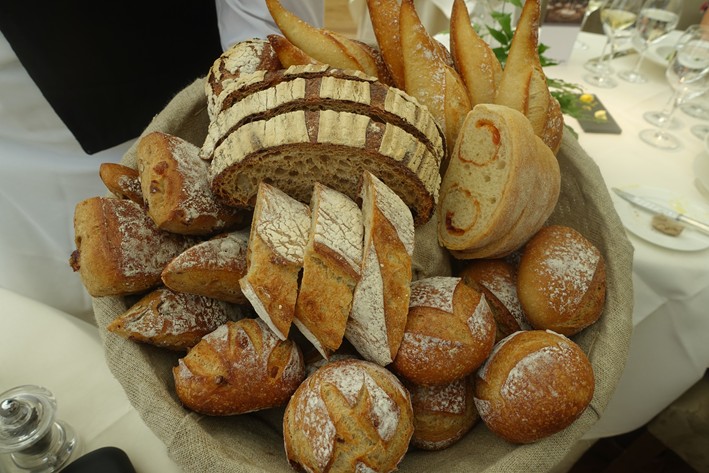
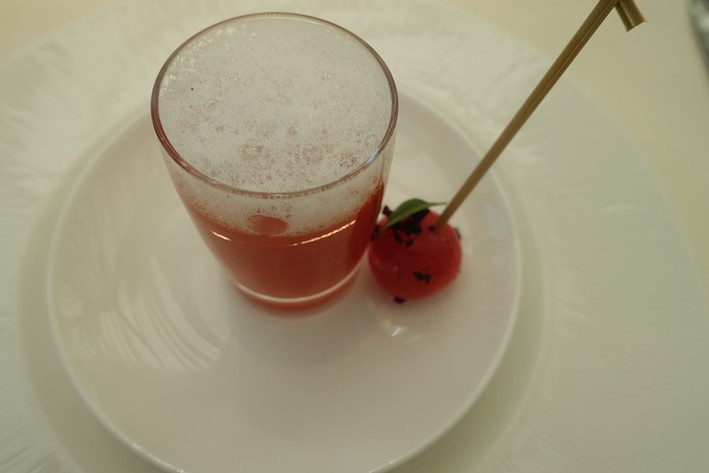
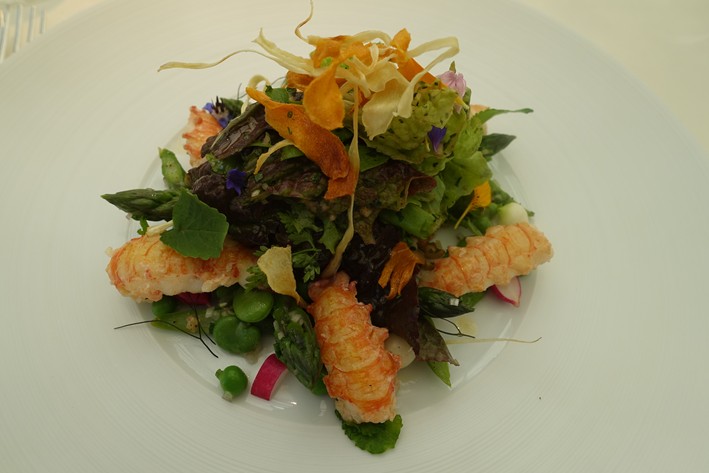
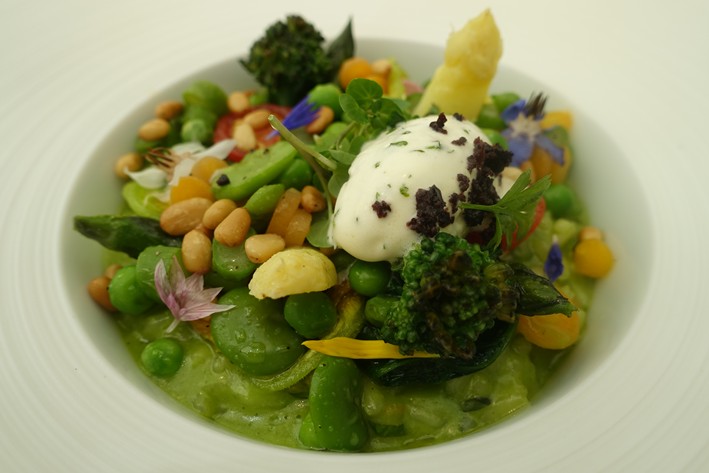

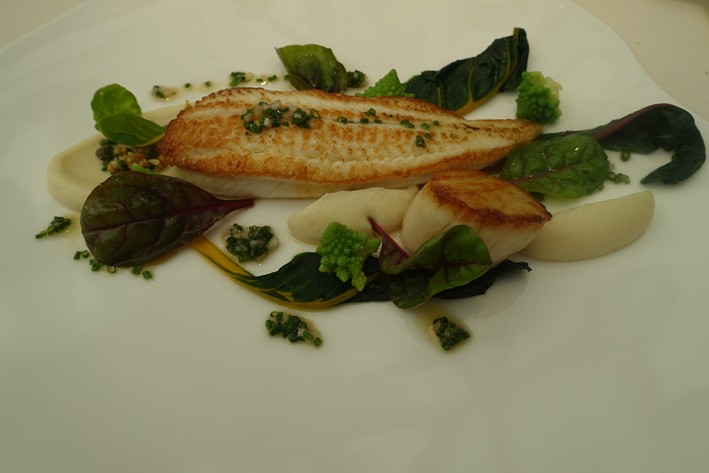
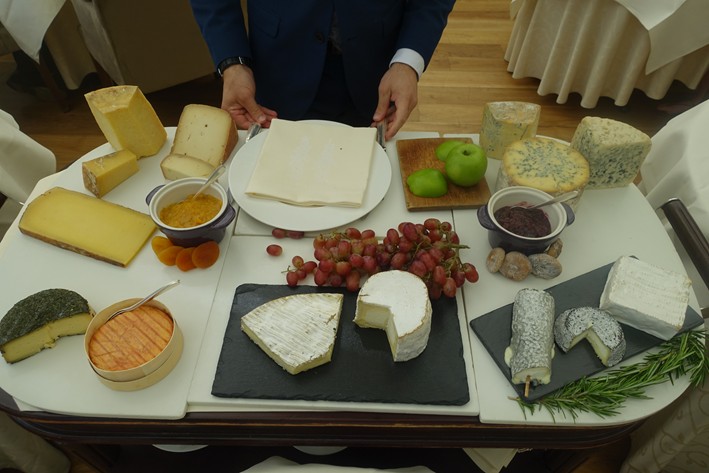
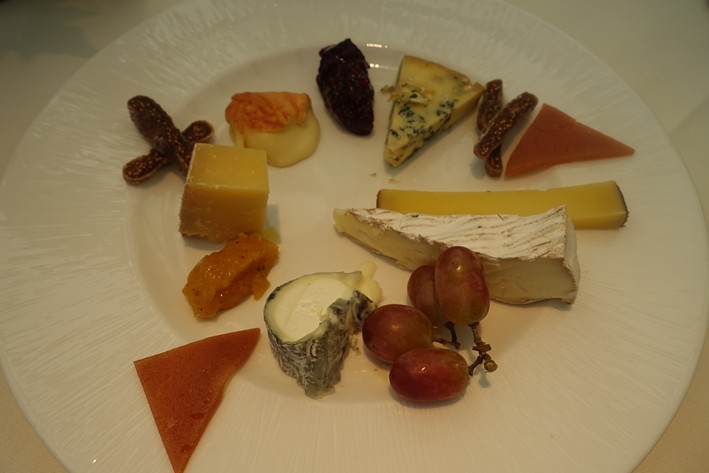
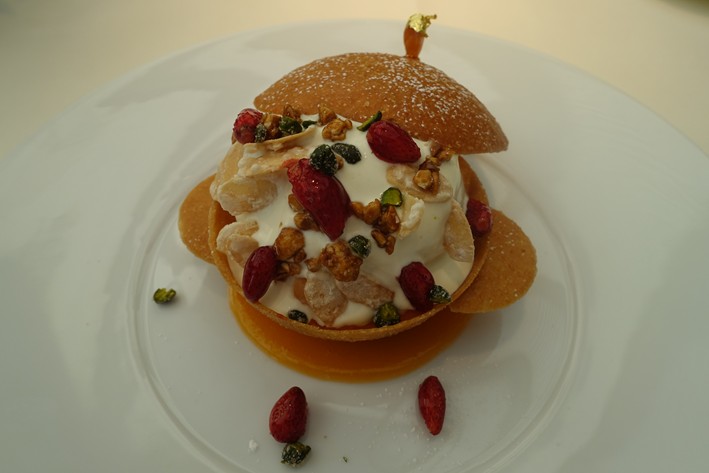
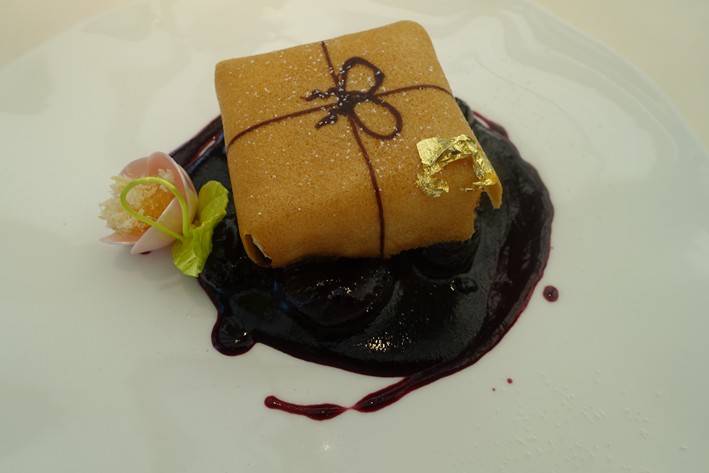

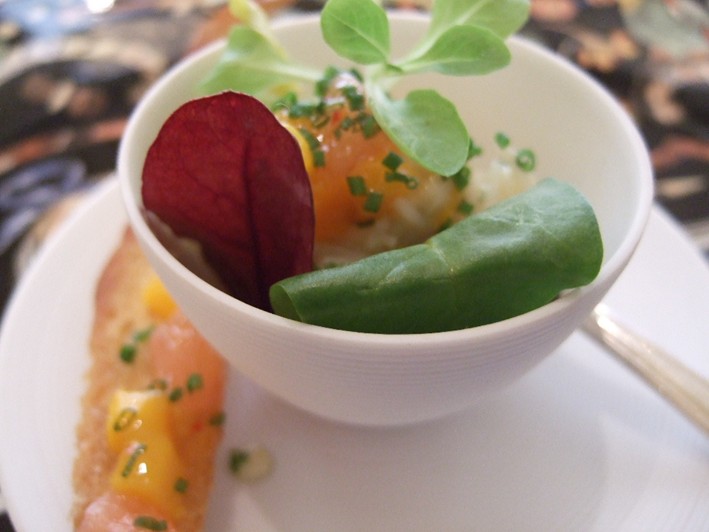
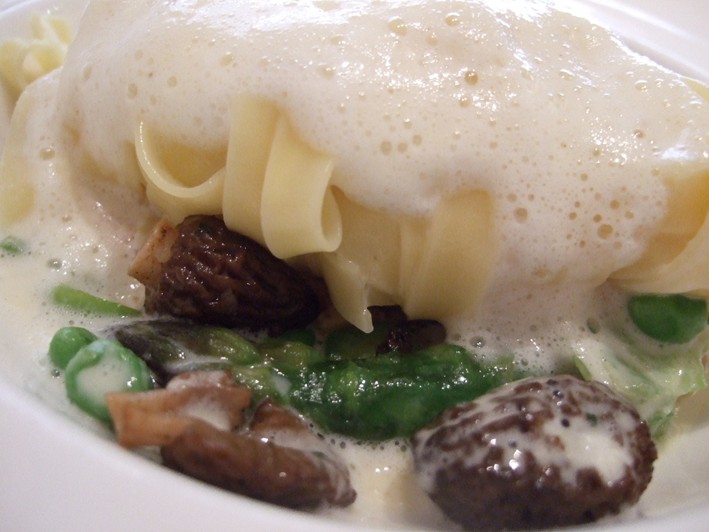
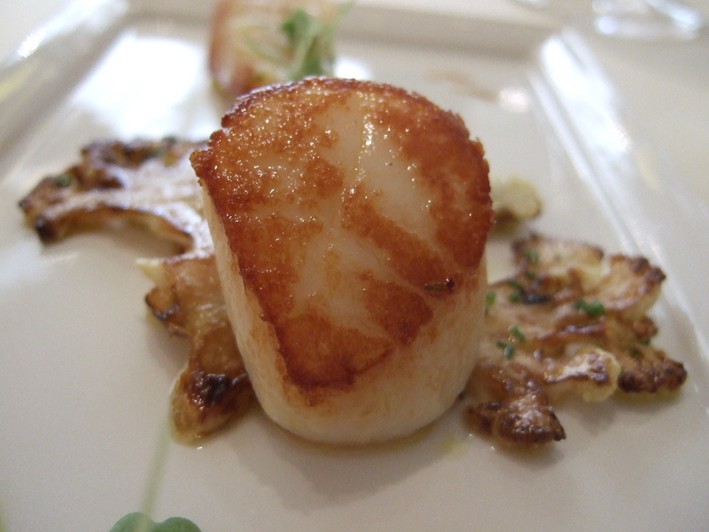
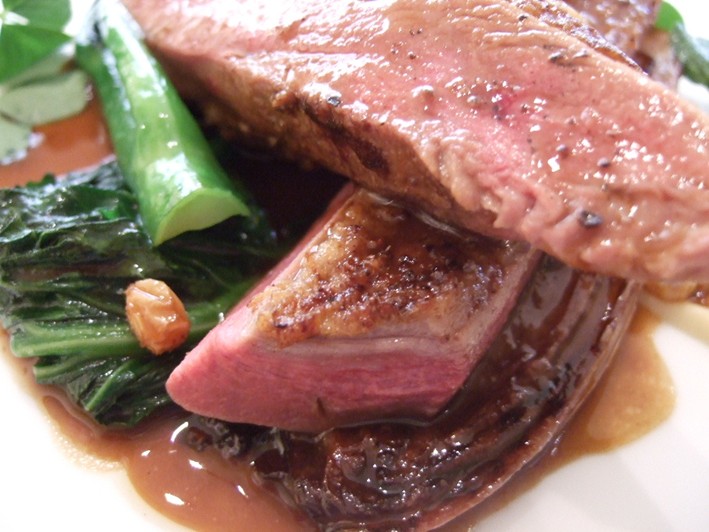
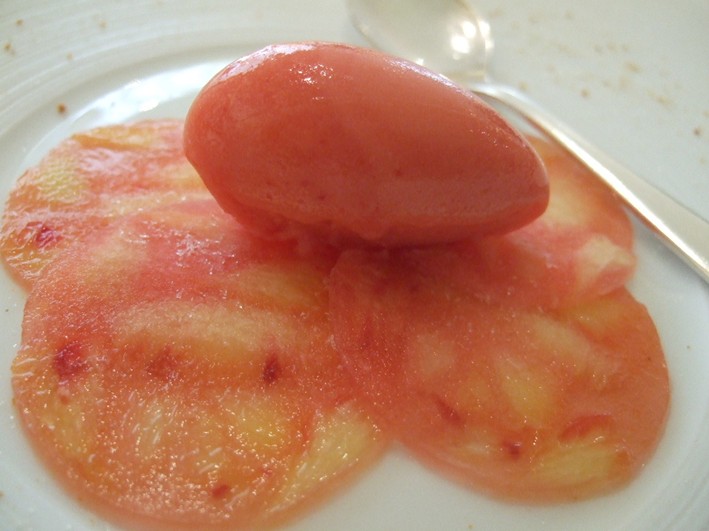

Ian Reynolds
My wife and I went with two friends on Wednesday 22nd November for lunch. Your comments are spot-on. Even your price per person right on the money. My wife and I have been before (5 years ago). Thought there was less (nil) chefs small nibbles between courses. There was in our opinion too long a delay between courses - particularly before the Main - noticeable when you start to look at one another and topics get exhausted. But all the food ws great. We elected to share a bottle of Priorat (Spanish from Tarragona) a relative bargain at £55 - cheaper to buy a bottle than to fork out a minimum of £14-£16 for a rather meagre 125 ml glass. Your review was great.
Jeffrey merrihue
I have always felt Raymond has had a hard time of it. I have been many times and have always enjoyed it. very glad to see him hitting a 17 while on your watch...